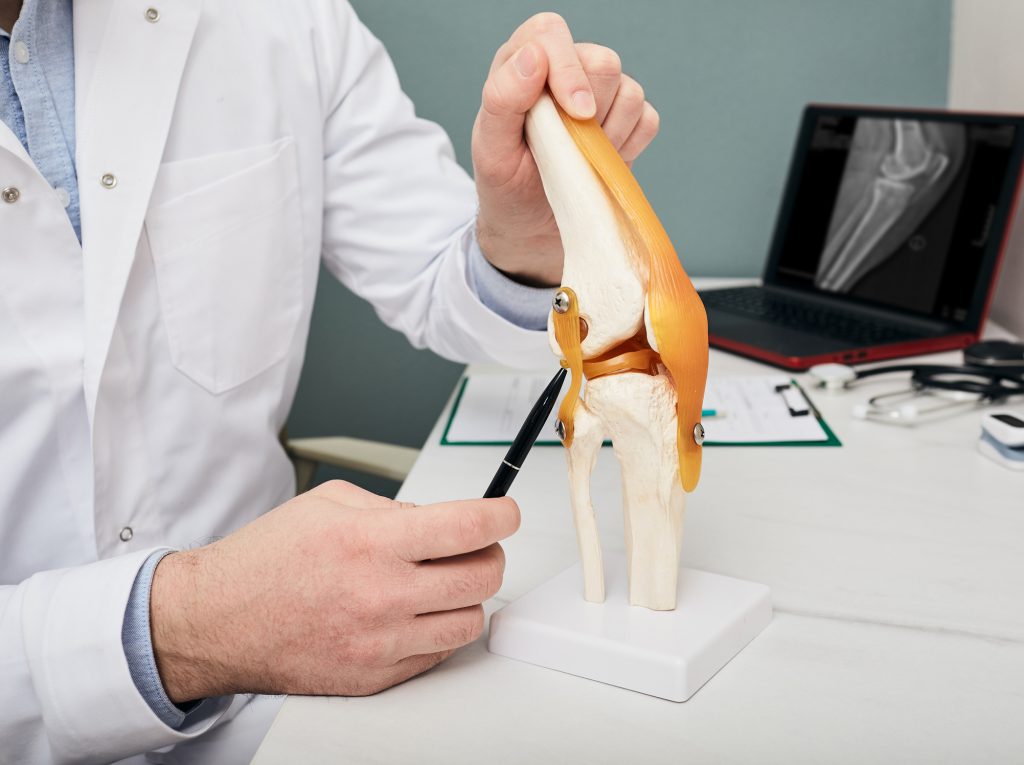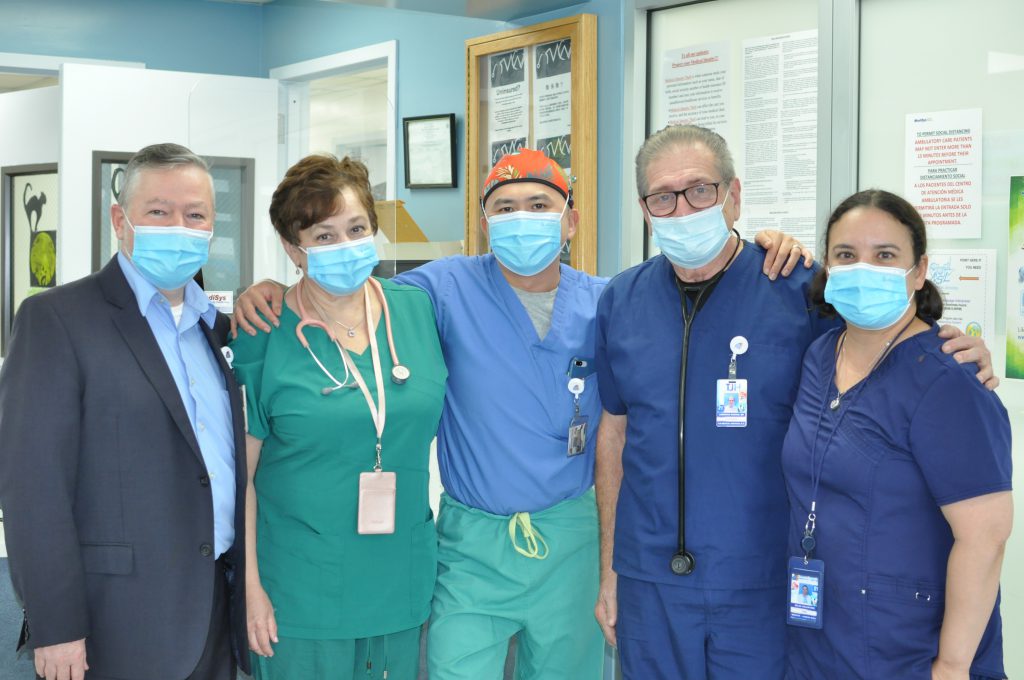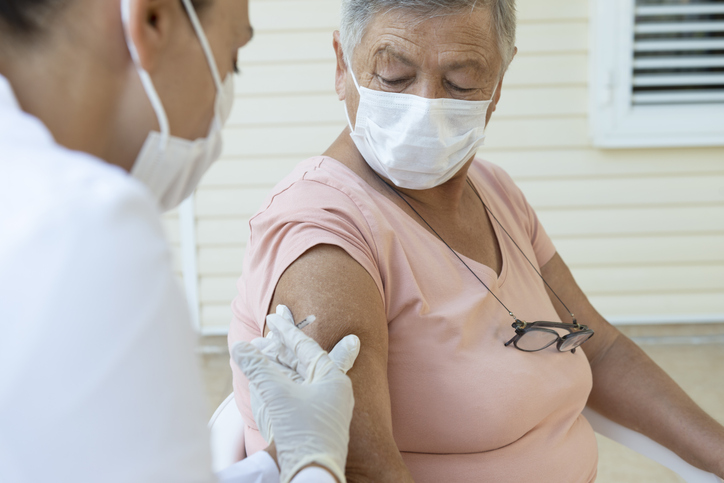Weather associated with the Fall and Winter months can negatively impact your body in many ways, including how it affects your skin. Jamaica Hospital Medical Center would like to share information about one such skin condition, keratosis pilaris, that is normally associated with cold, dry weather.

Keratosis pilaris is a common, chronic skin condition that causes small, scaly bumps on the skin where there are hair follicles. These bumps are the result extra keratin, which is a type of protein that’s part of skin, hair, and nails. Keratin forms under the skin, blocking the opening of the hair follicle. When the hair follicle becomes plugged it leads to tiny rough, red patches on the skin that often resemble goose bumps. These bumps can appear on the upper arms, thighs, and buttocks. They can also appear on the cheeks and on the sides of the torso.
It is unknown as to why keratin builds up, but you are considered more at risk of developing it if you have a parent or sibling who has it. Also, those who already have eczema or atopic dermatitis are believed to have an increased chance of having the condition.
While
understanding what causes keratosis pilaris is still somewhat of a mystery, we
do know one factor that can exacerbate the condition – the weather. Even though
keratosis pilaris is not officially
considered a seasonal condition, it usually becomes worse in dry or cold conditions,
typically associated in the Fall and Winter months. This is because cold
weather breeds dry skin, which in turn seems to irritate keratosis pilaris. For
some, thankfully, the rash will disappear once warmer temperatures return.
Although
there is no cure for keratosis pilaris, for some the condition can improve with
age and without treatment. For others, symptoms
can be managed through a few different treatment options, including the use of topical
exfoliants or retinoids or, in severe cases, laser therapy. There are also many
things you can do at home to reduce the symptoms of keratosis pilaris,
including:
- Using a moisturizer or a lubricating lotion
- Not vigorously scrubbing the skin
- Drying off gently after showering
- Using a humidifier to eliminate dry air
- Avoiding the use of harsh cleansers and soaps
It is important to note that treatment may improve the appearance of the bumps, but the condition often comes back if treatment is stopped. You should speak with your doctor or dermatologist to determine the correct course of treatment for your skin condition.
To make an appointment with a dermatologist at Jamaica Hospital’s Ambulatory Care Center, please call 718-206-7001.
All content of this newsletter is intended for general information purposes only and is not intended or implied to be a substitute for professional medical advice, diagnosis or treatment. Please consult a medical professional before adopting any of the suggestions on this page. You must never disregard professional medical advice or delay seeking medical treatment based upon any content of this newsletter. PROMPTLY CONSULT YOUR PHYSICIAN OR CALL 911 IF YOU BELIEVE YOU HAVE A MEDICAL EMERGENCY.












